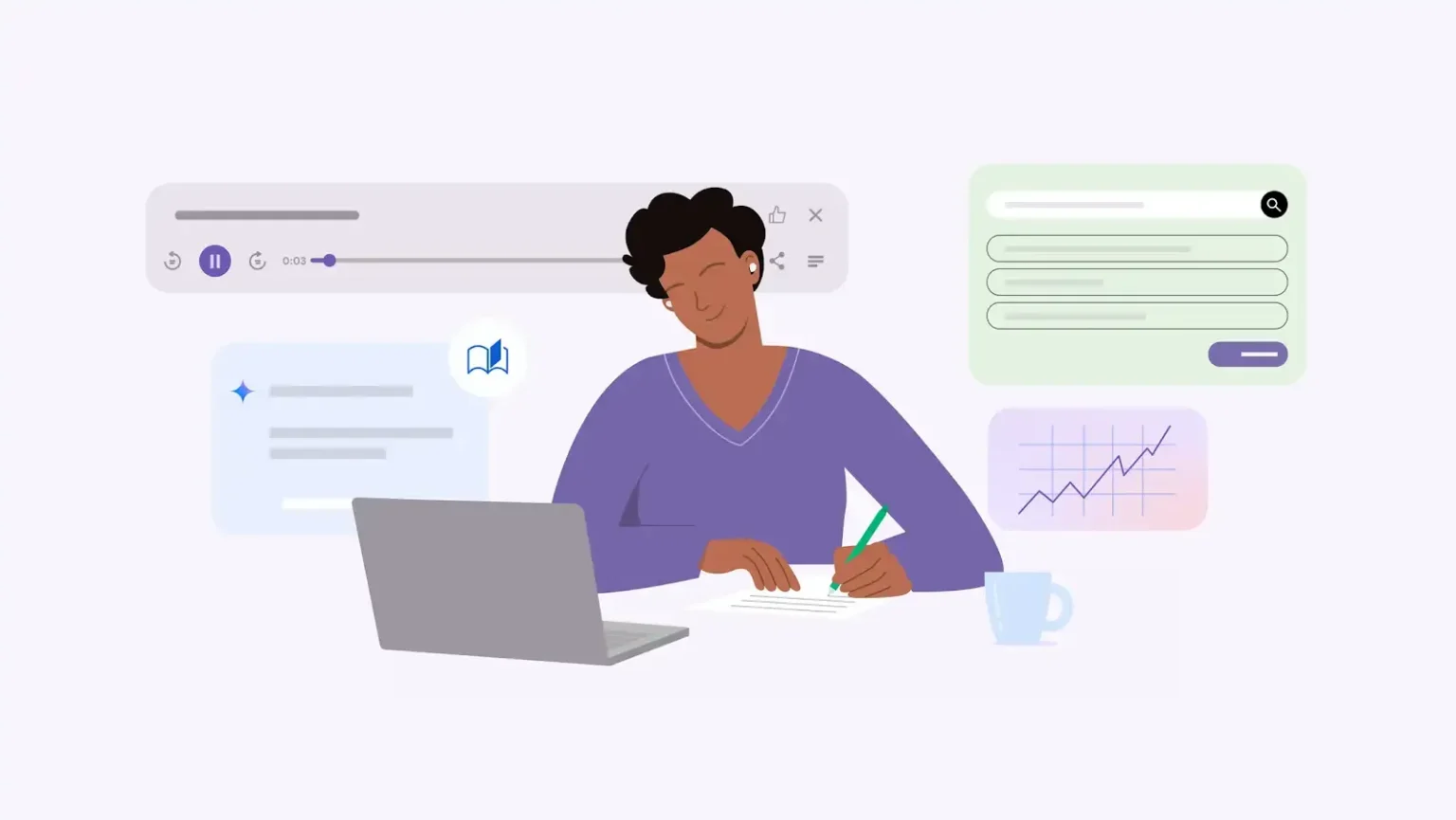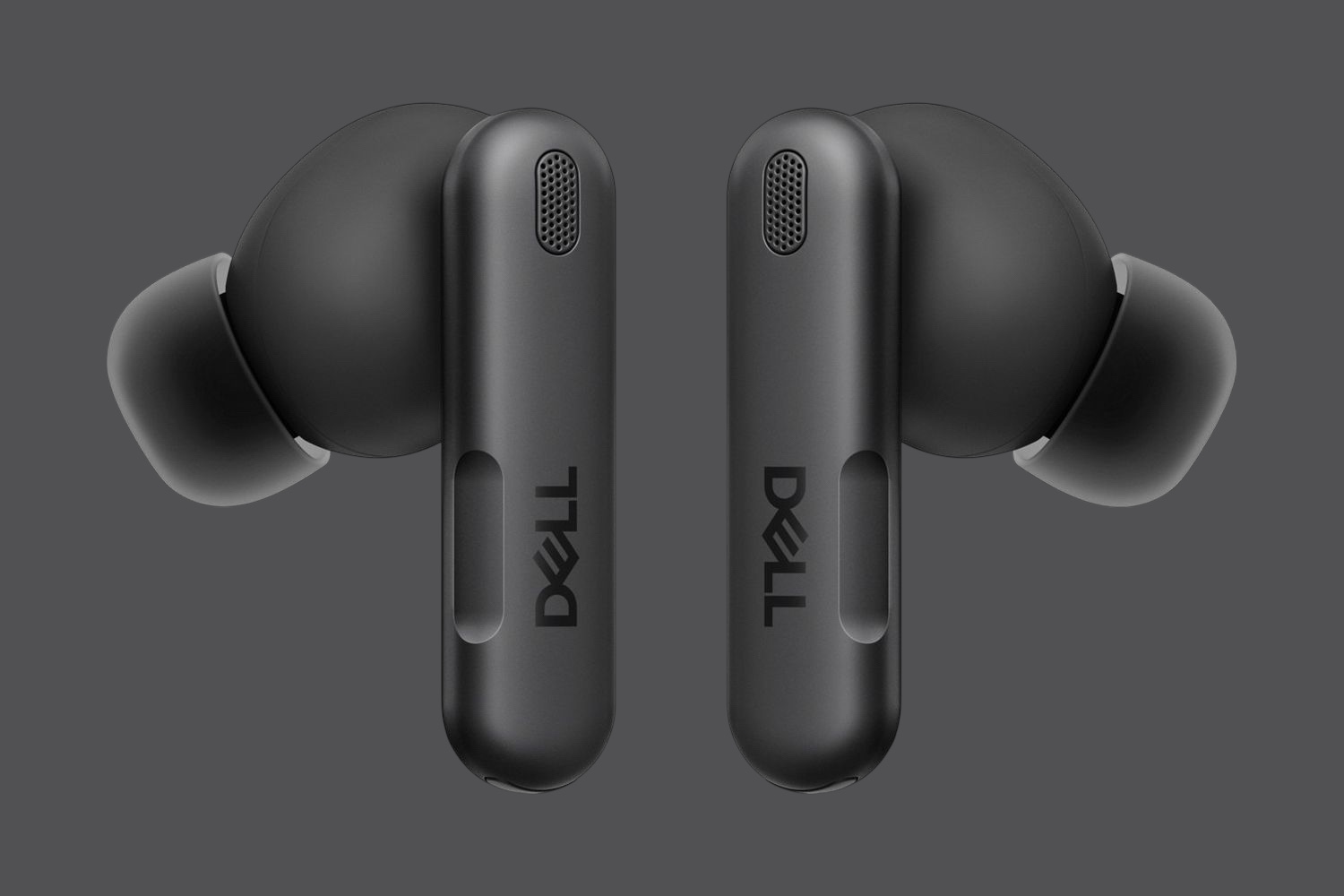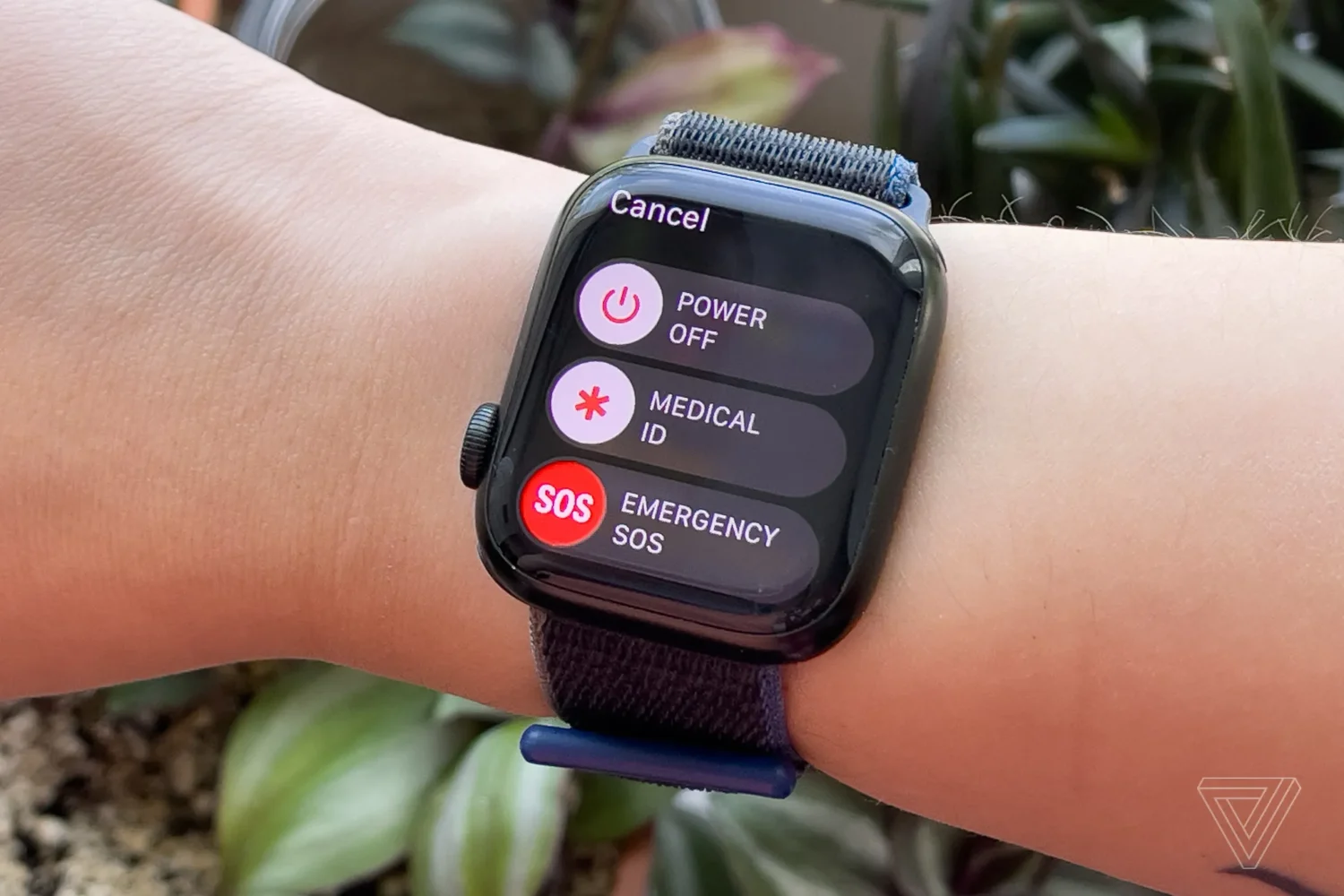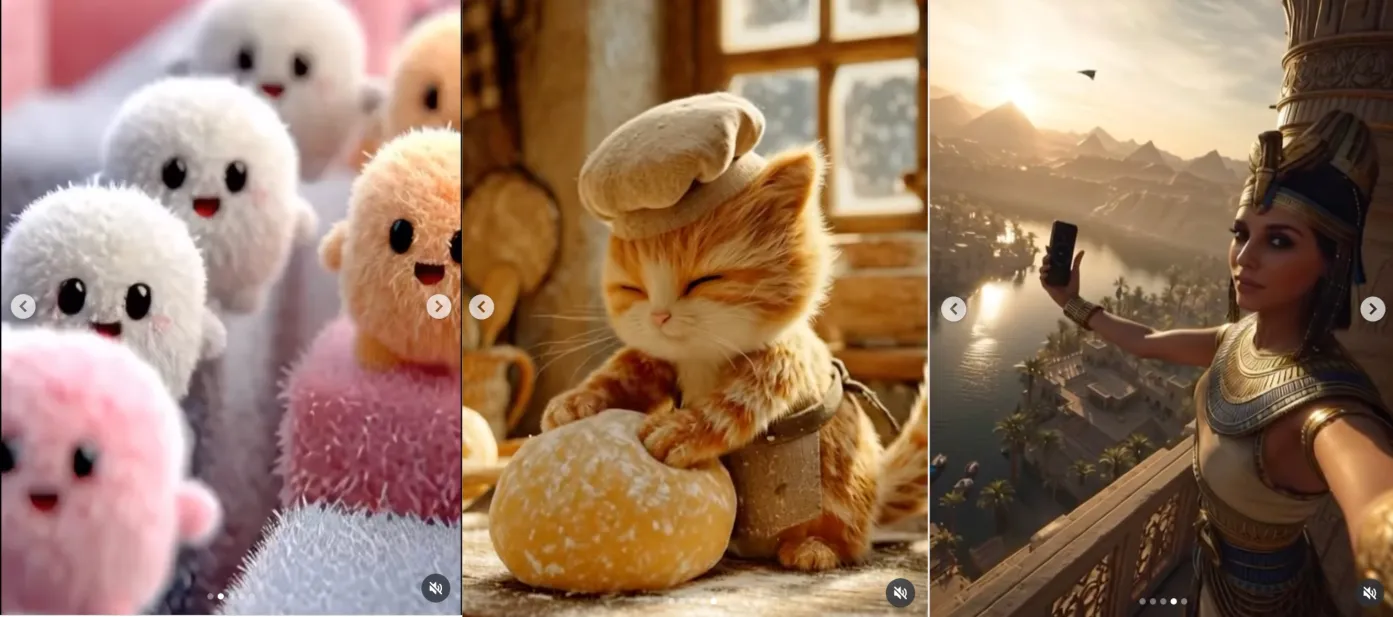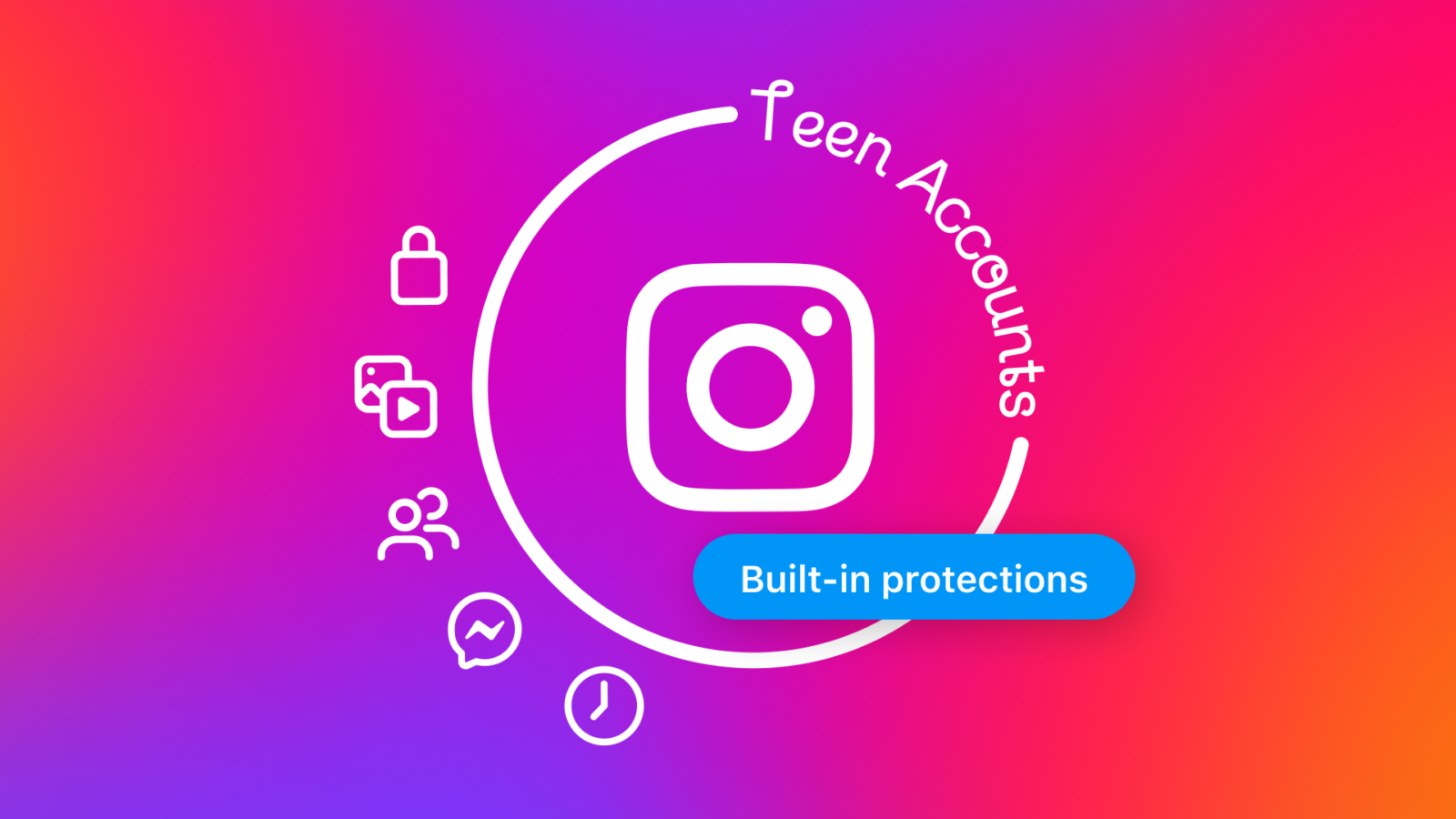Google is expanding its AI education tools with the launch of Guided Learning in Gemini, a mode designed to act less like a search engine and more like a patient tutor. Instead of simply delivering answers, Guided Learning asks questions, checks understanding, and adapts explanations to a learner’s level. After covering a topic, it provides recaps and suggests possible next steps, making the experience feel structured rather than transactional.
The feature builds on last year’s Learning Coach experiment, which aimed to give users a “study buddy” rather than a static information source. Guided Learning takes that concept further by generating study plans, creating quizzes, and breaking down complex subjects into manageable steps. Learners can upload course material, review code, or explore science concepts with visuals and short videos that the system pulls from vetted resources. While it can walk students through homework problems, Google emphasizes that the goal is comprehension, not shortcuts.
Educators and testers played a central role in shaping the tool’s design, pushing for high-quality diagrams and videos to supplement explanations. Feedback also guided its persona: approachable, conversational, and supportive — traits that developers hope will keep learners engaged and motivated. For example, small touches like positive reinforcement during quizzes are meant to replicate the encouragement of a real instructor.
Guided Learning is part of a broader education push from Google. Alongside this rollout, the company is introducing study guides, flashcards, and improved quizzes within Gemini, as well as new features in NotebookLM such as audio overviews. Beyond software, Google has pledged $1 billion toward U.S. education initiatives, made Gemini Pro free to students for a year in select regions, and launched an AI accelerator program aimed at equipping university students with job-ready skills.
At its core, Guided Learning is powered by LearnLM, a model fine-tuned for education that incorporates principles from learning science, such as encouraging curiosity and scaffolding knowledge. Where Gemini’s research tools might solve a problem outright, Guided Learning forces students to engage with each step. For those seeking a more interactive way to study — whether preparing for exams, practicing a language, or learning to code — the tool is positioned as a flexible partner that adapts to individual learning styles.
The challenge ahead is ensuring it complements, rather than replaces, traditional teaching. While AI may never replicate the nuance of a skilled educator, Guided Learning’s structured interactivity could help bridge gaps for students studying on their own. For many, it represents a shift in how AI might be used in education: less about instant answers, more about building lasting understanding.

